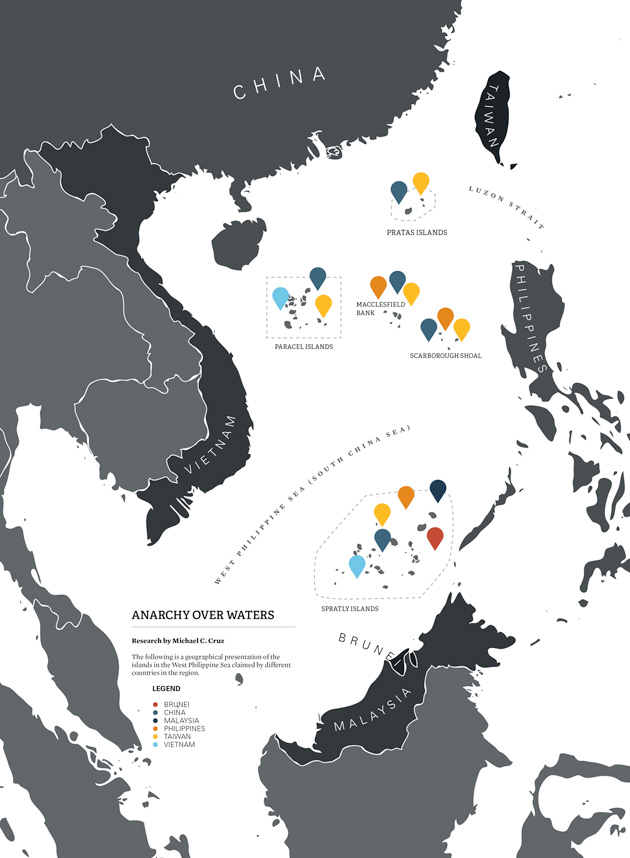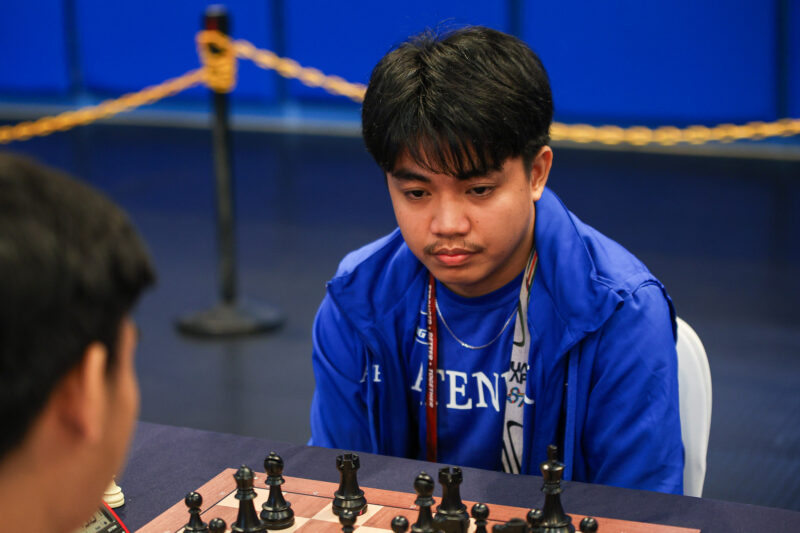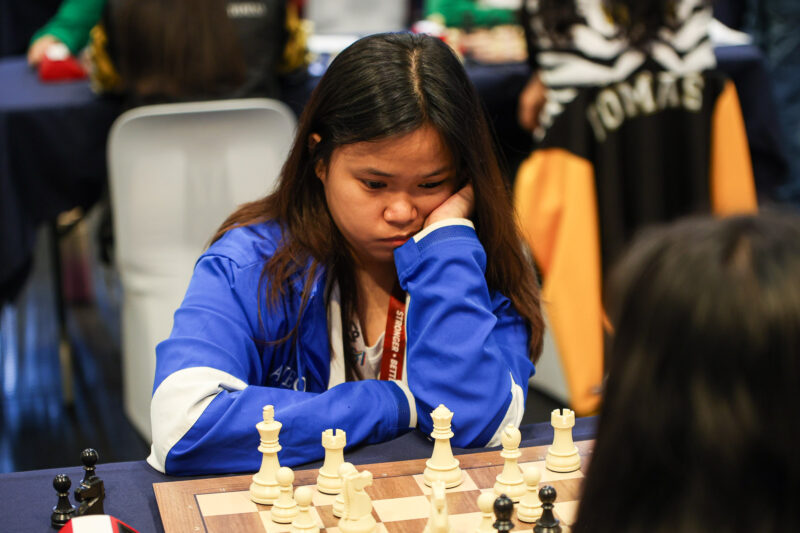ON APRIL 8, tension in the South China Sea was sparked as the Philippine Navy sighted eight Chinese vessels fishing in the Scarborough Shoal, an area claimed by both the Philippines and China. A standoff between the two claimants occurred two days later as China prevented Filipino sailors from arresting the Chinese fishermen.
Debates have ensued as to which country has sovereignty over the territory.
Dissecting the claims
The Philippines asserts its claim based on the United Nations Convention on the Law of the Sea (UNCLOS), which grants jurisdiction to explore and exploit any area within the 200-nautical-mile Exclusive Economic Zone. Locally recognized as Panatag Shoal or Bajo de Masinloc, the disputed area is 124 nautical miles from Masinloc, Zambales, the municipality to which it is asserted to be part of.
In an interview with The GUIDON, the Department of Foreign Affairs (DFA) Spokesperson Raul Hernandez explained that the Philippine claim is “based on public international law which states that we could have ownership of a property, territory or real estate based on effective occupation and jurisdiction.” He further said that the country has, in fact, been utilizing the shoal, by building a lighthouse and using it as a firing range for military exercises and activities by the Department of Environment and Natural Resources.
On the other hand, China’s claim is based on historical evidence. Chinese maps from previous centuries present the shoal, known as Huangyan Island, as being part of its territory. China stresses that they were the first to discover, exploit, name and exercise jurisdiction over the area—and that all these occurred even before UNCLOS.
China also presents their nine-dashed-line map as proof of sovereignty not only over the shoal, but also over other islands and coastal areas in the West Philippine Sea.
Presenting the issue
According to Hernandez, the government has been very transparent about the issue and efforts to inform people have been made. “We tell them that there is a standoff, that this area is an integral part of the territory of the Philippines,” he said.
The Chinese government said that it has also been open to its citizens and the international community in addressing the issue. In an interview with the Chinese television broadcaster Phoenix Satellite Television, Deng Zhonghua, Director-General of the Department of Boundary and Ocean Affairs of the Ministry of Foreign Affairs, stated that “it is undisputable and crystal clear that Huangyan Island is China’s territory.”
Both countries have described each other to be aggressive. Chinese newspapers and websites often cited Philippine leaders including President Benigno Aquino III and DFA Secretary Alberto del Rosario as having made inflammatory comments, the same way the Philippines has blamed China for flexing its military muscle.
Antonio La Viña, Dean of the Ateneo School of Government, disapproves of such actions. Instead, he proposes that a diplomatic interaction between the two countries is the key. “Such a campaign is probably not helpful as it could only inflame passions. Quiet diplomacy is the way to diffuse the situation, something that is happening only in recent weeks.”
Efforts to end the standoff
While there have been efforts from both sides, a peaceful diplomatic solution has been hard to come by. The Philippines has constantly publicized its desire for peaceful settlement and mediation. “The country has been inviting China to [create] a dispute settlement mechanism under UNCLOS so that we can settle this [debate] based on legal grounds and have a permanent and durable solution to the issue,” Hernandez said.
However, this proposal has made little ground, especially as China has remained wary of bringing the issue to international courts, which entails the involvement of the United States and other western countries. Chinese Foreign Ministry Spokesperson Hong Lei has stated to the press that “the Philippines’ decision to draw a third party into the incident further escalates the situation and even changes the nature of the issue. China firmly opposes it.”
Diplomatic efforts may also be inhibited as there has been increased arms-building by both countries. China has always been adequately equipped. The Philippines, hoping to lessen the vast military gap, has been quietly building its maritime defensive capabilities. The United States has turned over two Hamilton-class naval vessels, while Japan, South Korea and Australia have also pledged to help provide and build what the Philippines hopes to be a modest deterrent capability.
However, the Chinese can potentially see these moves as being aggressive, making it counterintuitive for diplomatic negotiations. La Viña concurs with this, saying, “The military approach or even economic warfare or antagonism should not even be considered as options for us. There is only one way forward: diplomacy, constructive dialogue and improved communication with China.”
Settling differences
As the dispute has been negotiated for around two months, it remains to be seen whether or not a peaceful, collaborative diplomatic solution can be reached. Despite repeated assurances of a desire to avoid conflict, relations between the two countries have worsened. Anti-China protests have occurred around the Chinese embassy, while China has written travel advisories and imposed sanctions on Philippine fruit imports.
However, even as the relationship deteriorates, there appears to be some signs of improvement. The Philippines, after a year or so of neglecting the issue, has finally appointed an ambassador to China, a hopeful and auspicious sign that talks may finally become fruitful.
The Scarborough Shoal dispute is only one of the many threats to international peace and security. It must be noted that throughout the South China Sea, or the West Philippine Sea as it is now officially called locally, a myriad of territorial disputes are also going on.
While a period of détente must be enforced, it should be remembered that before anything else, this tension has also reflected our national will to assert our rights, and our capability to protect our own territory when challenged.
Graphics by Michelle B. Salangsang





